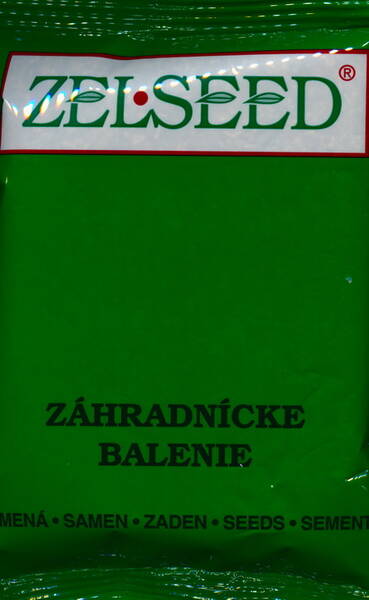Ex Tax: 5.65€
A single-sprout fodder beet variety with a low dry matter content. The root crop is cylindrical, medium length.
The surface of the root crop is smooth, the shape is blunt. The color of the pulp is yellow.
70% of the total volume of the root crop is formed above the ground. It has a high standing uniformity. The rosette of leaves is semi-erect. The leaf size is medium, triangular in shape, the leaf surface is smooth to moderately wavy. This variety is resistant to flowering, moderately resistant to cercosporosis, highly resistant to beet yellowness, late blight and mosaic.
The value of the variety: high yield, marketability and quality of root crops.
It is recommended for use as feed for livestock and poultry, as it is useful for them in any period of the year: in winter they eat only root crops, and in summer they can fully eat leafy mass. In addition, fodder beet is a very economical plant: its roots can reach 15 kg, allowing you to feed a large herd of sheep or other animals.
Fodder beet. Beta vulgaris L. var. Crassa Mansf.
* Fodder beet has its own agrotechnical requirements that must be observed in order for the plant to thank with a high yield:
- the right plot of soil that is rich in nutrients and microelements (it is best to choose clay and sandy soil on which peas, wheat, corn and other crops grew before planting beets, but not weeds)
- beets require weak diffused sunlight
- the plant loves frequent feeding with various fertilizers (compost, manure, wood ash and complex mineral fertilizers)
- the average temperature for the germination of fodder beet seeds should not be lower than +3 °C
- does not like dense planting: due to the large size of the root crop, no more than five plants should be placed per meter
- to get a good beet harvest, it is necessary to loosen the soil before sowing seeds.
Care.
Fodder beet is a very demanding crop:
- timely watering is important
- removal of excess vegetation
- thinning thickened areas
- loosening of row-spacings, providing oxygen access to plants
- cessation of heavy watering three weeks before harvest, which hardens the plants and prepares them for further storage in a cool place
- the main requirement after sowing is feeding plants with ammonium nitrate.
Storage.
After harvesting, the roots are first dried and then sent to storage. The storage process of fodder beet has its own characteristics:
- availability of ventilation in the room
- clean containers for storing root crops
- the temperature should be +1+2°C.












